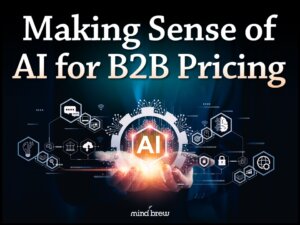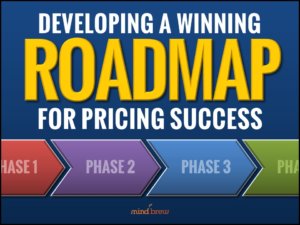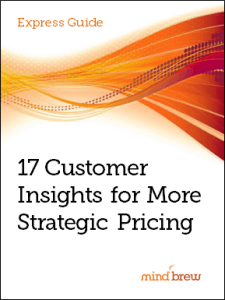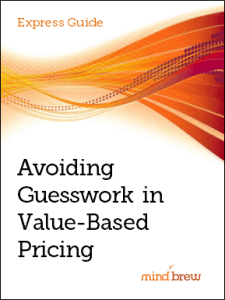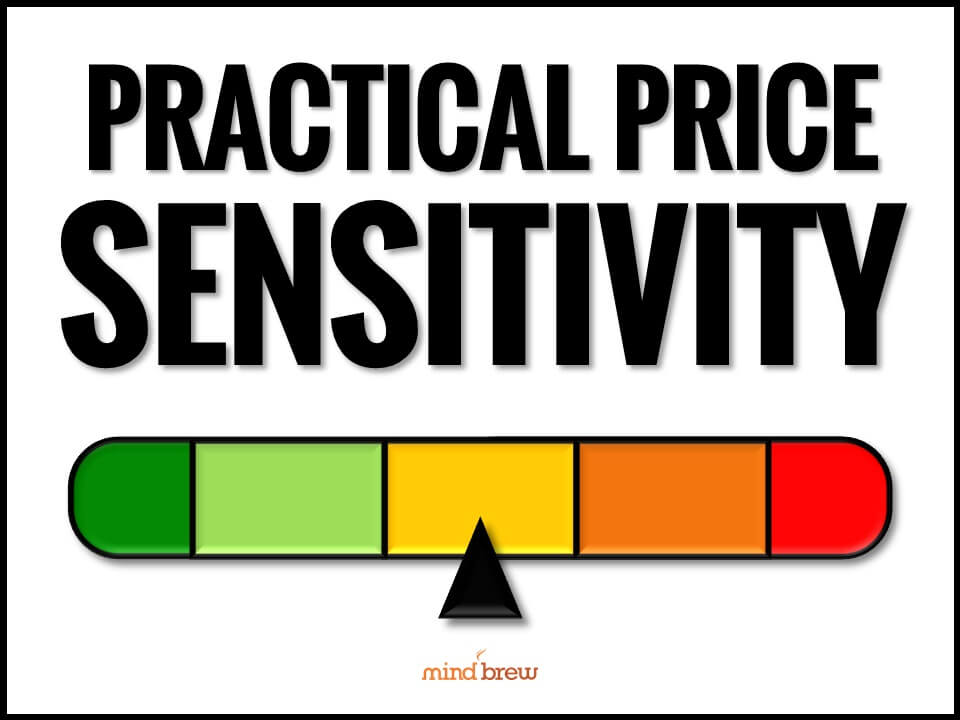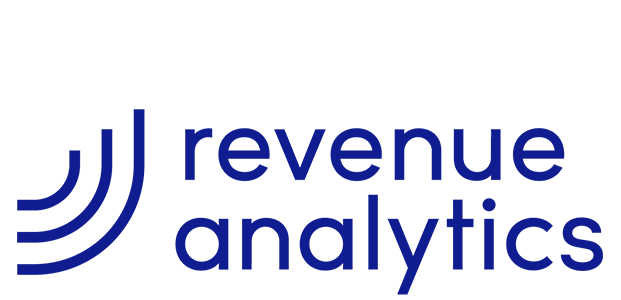If you’ve been in business long enough to have a few gray hairs, you’ve probably already experienced at least a couple of major hype cycles.
Remember when everyone needed a “Web 2.0 strategy”? Remember when all the cool kids had a “gamification strategy” or a “cloud computing strategy”? Or, remember when every department scrambled to cobble together their own “big data strategy” after the management team sat through an analyst briefing at their offsite boondoggle meeting? Good times!
The pattern is easy to spot: A new innovation or capability is developed; vendors, analysts, and early adopters beat the drum about the potential; and in fairly short order, everyone is expected to develop a “strategy” around the shiny new thing.
At the moment, we’re all swirling around in the “artificial intelligence” version of this cycle. And it seems that business-to-business executives in nearly every market sector are asking their pricing teams, “What’s your AI strategy?”
Well, here’s the rub…B2B pricing teams don’t need an AI strategy.
B2B pricing functions need a clear and compelling strategic roadmap that AI can then help execute. While that might seem like nothing more than just semantic nitpicking, it’s a fundamentally different way of thinking about the role of technology in business execution.
As we highlight in our Making Sense of Artificial Intelligence for B2B Pricing training session, artificial intelligence should be viewed as a means and not an end unto itself. We shouldn’t think of it as a standalone destination, but as an accelerator toward any of the destinations we might define. And defining those destinations is what our strategic roadmap is all about.
Our objectives in B2B pricing are to enable better pricing decisions, ensure consistent execution, improve value perceptions, boost price realization, enhance negotiation skills, reduce price exceptions, and so on. None of these priorities have changed with the advent of AI. What has changed is that we now have access to powerful new tools that can help us deliver on these objectives faster, easier, and more cost-effectively than ever before.
So when someone asks, “What’s your AI strategy?” the right answer is not a 30-slide presentation detailing all of the places where AI could be or might be bolted on to the wide range of things we’re doing day-to-day. The right answer is something more like: “We’re going to use AI where it’s appropriate and effective for executing our top strategic initiatives and closing our most pressing capability gaps.”
This type of answer avoids the trap of mistaking tools for strategy and keeps the primary focus where it really should be.
Of course, this doesn’t in any way imply that we can ignore AI or drag our feet with adoption. Quite the opposite, in fact. After all, AI makes all sorts of things possible that were extremely time-consuming and cost-prohibitive even just a couple of years ago. Underneath all the hype, there really is a tremendous amount of power and potential for us to understand and leverage to the hilt.
Again, it’s not about AI…it’s about what we do with it.
The key is in the applications. And in practice, successful applications of AI in B2B pricing won’t appear to be “AI initiatives” at all. They’ll simply be strategic initiatives to deliver deal-specific pricing guidance, align sales incentives with target price attainment, communicate differential value more effectively, develop and reinforce negotiation skills, reduce quote turnaround times, and so on. The enabling tools and technologies will most likely be invisible—which is exactly what we want.
So we absolutely need to embrace AI and learn enough about it to know what’s now possible, practical, and applicable in our unique situation.
As we cover at length in the Making Sense of Artificial Intelligence for B2B Pricing session, we need to understand the different types of AI, the various ways AI is being accessed and deployed by companies large and small, and how combinations of AI technologies and techniques are being used to address some of the most valuable pricing problems in the real world.
That said, however, we need to keep things in perspective. We should leverage the hype around “all things AI” to garner as much support for our strategic initiatives as possible. But at the same time, we need to resist the temptation and pressure to pursue artificial intelligence for its own sake.

